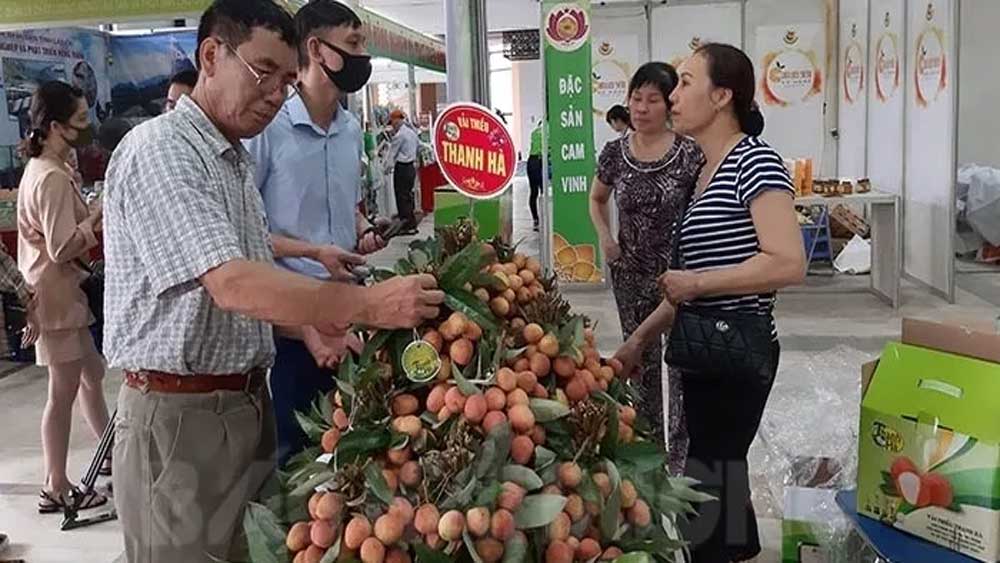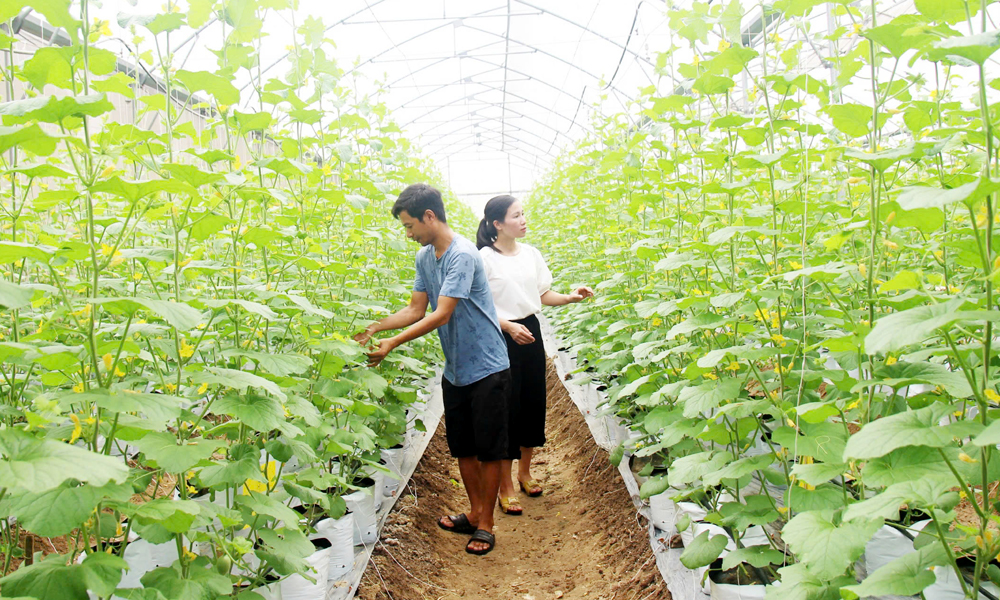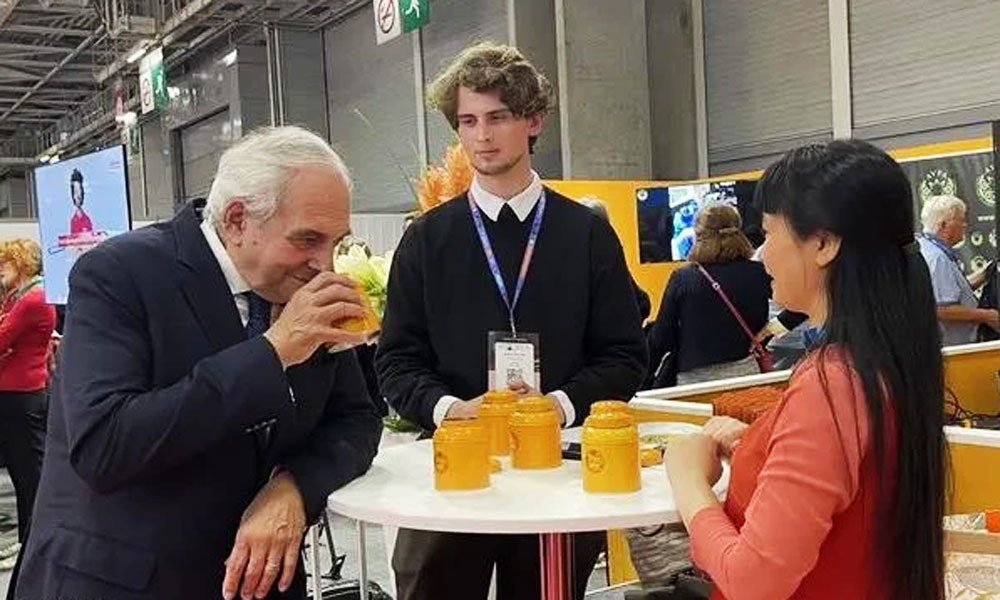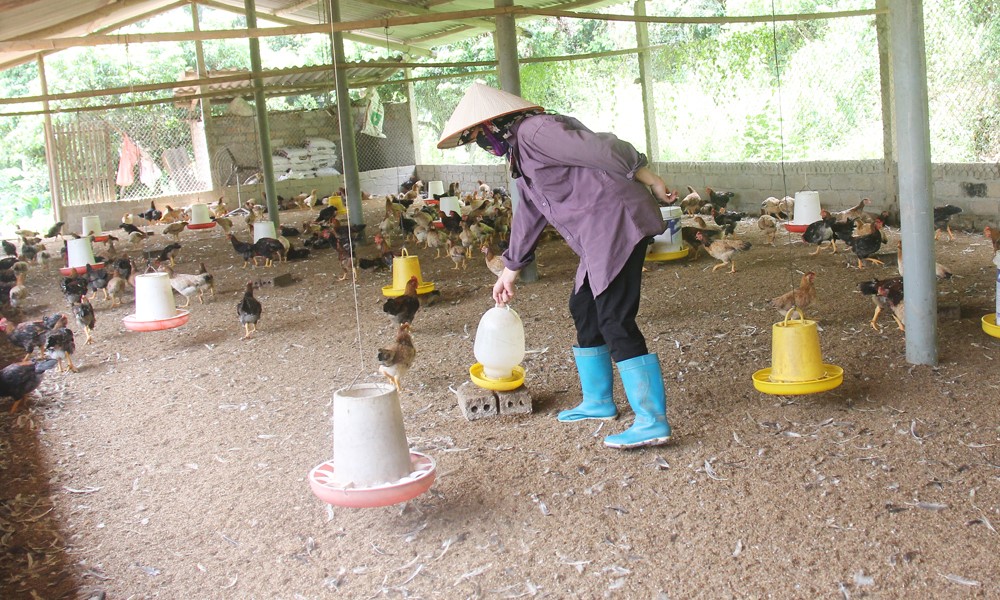Bringing Vietnamese fruits to the world market
Hai Duong’s lychee farming areas which meet international standards and GlobalGAP standards for export to demanding markets are estimated to produce about 1,500 tonnes of lychee this season.
 |
|
Thanh Ha lychee showcased at a trade fair in Hanoi. |
Meanwhile, another lychee farming hub of Bac Giang province is scheduled to hold an online conference to promote lychee consumption early this month. The province has been granted with 18 farming area codes covering an area of 218ha in Luc Ngan district which are expected to produce a total volume of over 1,000 tonnes of lychee that meet export standards to the US and Europe.
Recently, a memorandum of understanding has been signed between the Plant Protection Department (under the Ministry of Agriculture and Rural Development) and International Finance Corporation (IFC) - a member of the World Bank Group, with the aim of supporting the expansion of the export market for high quality Vietnamese fruit.
Accordingly, in the next four years, the IFC will coordinate with the Plant Protection Department to improve the legal framework and public services to open up new export markets for Vietnamese fruits with the focus on fruits meeting international standards including dragon fruit and passion fruit.
The IFC will also help launch an interactive online system on export-related requirements for dragon and passion fruits by 2022 including the building of standards, testing and the certification of fresh and processed products.
This not only helps Vietnamese fruits increase their access to new markets, but also helps our country's vegetable and fruit export industry to quickly and effectively adapt to the changes and risks of natural disasters and epidemics or sudden declines in demand in some established markets like the situation that has been seen during the Covid-19 pandemic.
Many new and high-quality markets have approved the import of Vietnamese fruit products, demonstrating that our products have met the most rigorous requirements of quality, food safety and hygiene.
However, the farming areas and the volume of fruit eligible for export to fastidious markets are negligible, mainly focusing on small growing areas or several localities.
In case importing countries need regular imports of goods with large contracts, Vietnam’s material areas may not have enough supply, leading to the risk of losing contracts.
Therefore, Vietnam should expand the material areas that ensure quality and food hygiene and safety according to international practices, as well as specific requirements of each import country through the update and implementation of requirements on plant quarantine and traceability.
It is also necessary to build a chain-based production process with links between stages from production to consumption. Enterprises and farmers should make efforts to strictly implement and fulfill each small step in the whole value chain while promoting the application of modern science and technology to production, preservation and transportation to create uniform and stable products in terms of design and quality.
Source: NDO
 Bắc giang
Bắc giang















Reader's comments (0)